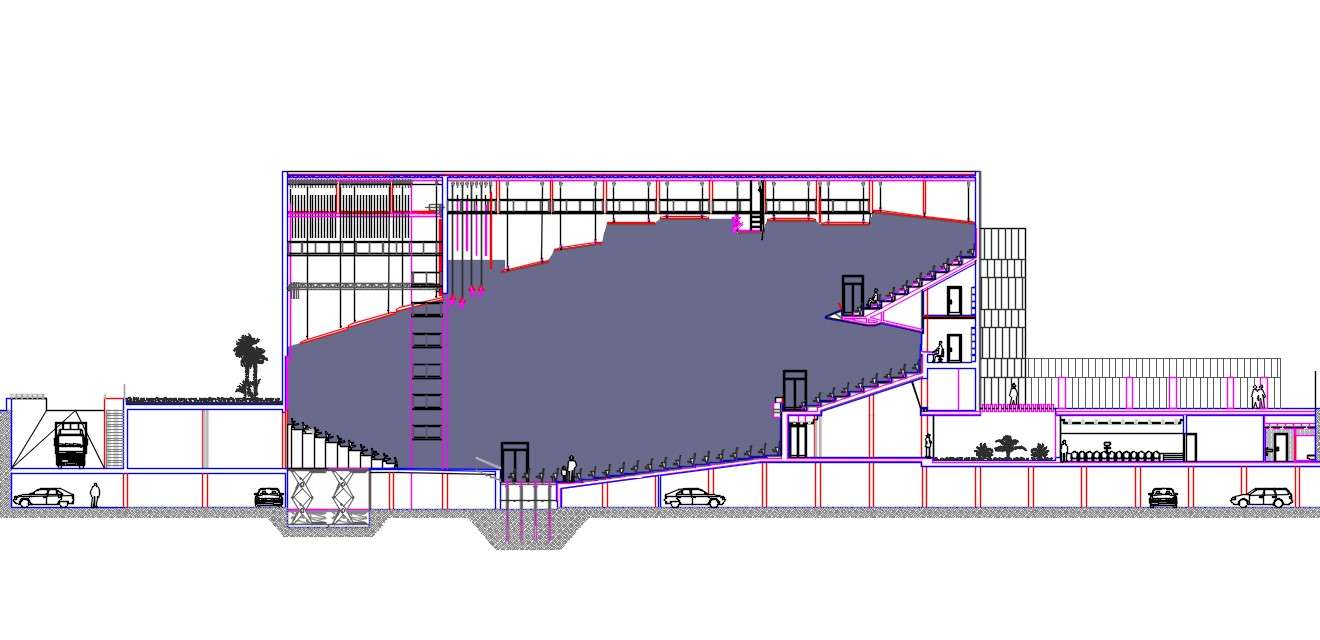
Buckminster Fuller (correspondence writer)ġ961-1985, predominant 1961-1974 Level of archival descriptionįile documents the various unexecuted proposals for the Fun Palace Project, an interactive and adaptable, educational and cultural complex to be located in London, England. George Henry Hubert Lascelles, Earl of Harewood (trustee).Samuely & Partners (consulting engineering firm) Douglas Smith and Ruddle Chartered Quantity Surveyors (quantity surveyors).Additionally, some sports venues were themselves called auditoria, such as the former Buffalo Memorial Auditorium. In other countries, sports venues have luxury boxes, where access is open to anyone who can afford tickets. Sports venues such as stadiums and racetracks also have royal boxes or enclosures, for example at the All England Club and Ascot Racecourse, where access is limited to royal families or other distinguished personalities. In fact, if it is carefully planned, a continental arrangement can frequently accommodate more seating within the same space. Although it would seem like more space is called for, a continental seating plan is often not any less efficient than a multiple-aisle arrangement. In order to compensate for the greater length of rows allowed, building codes will require wider row spacing, wider aisles, and strategically located exit doors. Here the maximum quantity of chairs per row can greatly exceed the limits established in a multiple-aisle arrangement. In a continental arrangement, all seats are located in a central section. Basically, a multiple-aisle arrangement will have a maximum of 14–16 chairs per row with access to an aisle-way at both ends.

Each size is unique, with specific guidelines governing row size, row spacing, and exit ways. These terms are commonly found in design standards manuals, building codes, and similar architectural reference documents. Seating arrangement: Seating arrangements in an auditorium seating layout (or assembly space) will either be identified as "multiple-aisle" or "continental".A state box or royal box is sometimes provided for dignitaries. These seats are generally considered the most prestigious of the house. They are often separate rooms with an open viewing area which generally seat only a handful of people. Boxes: generally placed immediately to the front, side and above the level of the stage.

The highest platform, or upper circle is sometimes known as "the gods", especially in large opera houses, where the seats can be very high and a long distance from the stage. The first level is usually called the dress circle or grand circle.


In larger theatres, multiple levels are stacked vertically above or behind the stalls. Balconies or galleries: one or more raised seating platforms towards the rear of the auditorium.Stalls, orchestra or arena: the lower flat area, usually below or at the same level as the stage.The seating areas can include some or all of the following: The price charged for seats in each part of the auditorium (known in the industry as the house) usually varies according to the quality of the view of the stage. The audience in a modern theatre are usually separated from the performers by the proscenium arch, although other types of stage are common. See also: Theater (structure) § Seating and audience, and Stadium seating


 0 kommentar(er)
0 kommentar(er)
